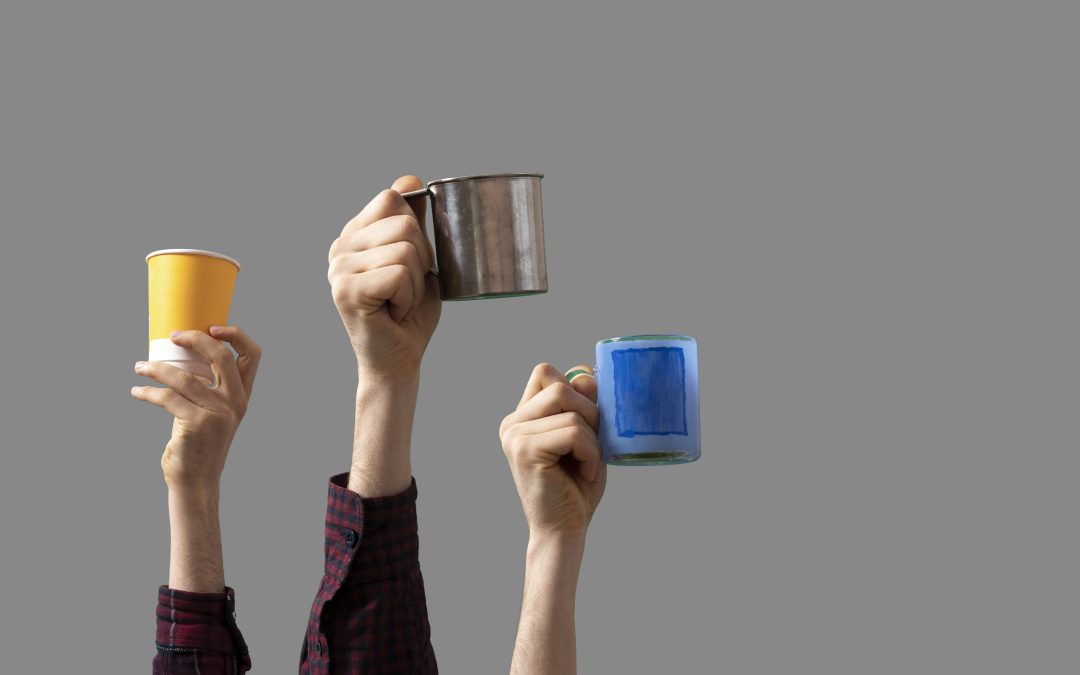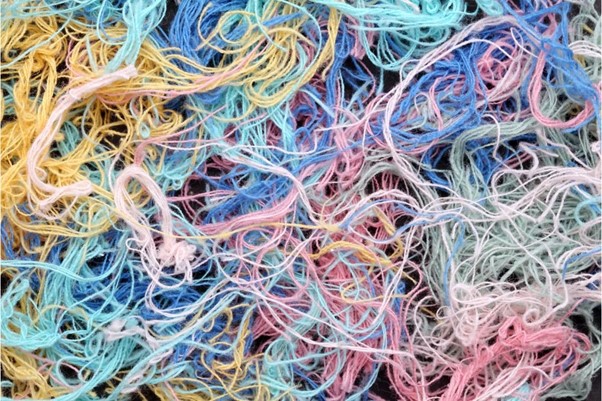The COVID-19 pandemic is daunting and filled with uncertainty. Many of the conversations we’re having focus on businesses struggling with their marketing effectiveness due to huge economic uncertainty.
But, ironically, it’s a great time to advertise.
Media space is more accessible than ever. Not to mention many media channels arguably have more effective reach against a large captive audience.
At Edit, we’re always trying to add value for our clients. So, over the past week, our media team has been busy reaching out to our partners. We’re thrilled to say we’ve secured heavily discounted media space worth £1 million. We’re calling it crEdit.
It’s available to those in the charity sector, specifically to help those who are worst hit and need to rebuild their donation pipeline. Businesses in financial services and the grocery retail sector can also benefit.
Interested? Contact us to find out more.
Our ‘crEdit’ fund to support businesses in need during this time is full of discounted media:
- TV airtime
- Media inserts
- Data
- Product sampling
- DAX
- OOH
- Data cleanse
- Lead generation
Our partners have also generously given up free consultancy covering creative and technology.
With more people at home right now, not only is there a larger captive audience, it’s much broader. It’s no longer the retired over-60s who are home during the working week; there is now an opportunity to tap into the younger working professional demographic.
Traditional media can be precisely aimed at an audience or geographic level. That means it can be run in tandem with other tightly-targeted channels, such as addressable TV.
By creating a multi-layered campaign with sequential messaging, brands will see higher levels of response and, ultimately, a higher ROI.
Everybody seems to have pivoted to a more digital-first marketing strategy due to the pandemic. However, there are other options to consider in the offline media space.
Here’s where crEdit could be used:
Letterbox marketing
Letterbox marketing in the form of door drop, partially addressed mail, or direct mail couldn’t be more relevant. Especially as the delivery of post will continue since the government announced postal workers are considered ‘key workers’.
Partially addressed mail (PAM)
Partially addressed mail (PAM) offers a targeted approach to mail that’s GDPR compliant. How? There’s no use of personal data in the targeting process. All that’s done at postcode level.
PAM has a more specific targeting process than a door drop mailing. It includes ‘topping up’ in postcode areas where there is a high penetration of your customers and looking for lookalikes using your current customer dataset and/or audience demographic overlays. PAM also allows you to exclude existing customers at address level, ensuring there is no wastage.
Broadly speaking, people have more free time now and that increases the chances of mail being interacted with. Really want to capitalise? Stand-out creative is always the best way to cut through the noise of other advertisers and present a relevant message that will appeal to the recipient.
Door drop mail
If scale to a broad audience resonates with your brand, or you need to access a focused geographic region, then door drop could be a better option.
For instance, if you are a food delivery brand, perhaps you want to target as many consumers as you can with a discount offer, but you want them to be within a specific radius of your store. Door drop lets you do that.
Third-party inserts
With delivery services becoming crucial since retail stores aren’t open, there will be more and more product dispatches delivered into the home in which third-party inserts can be placed.
Now could be a good time to recruit new customers as those who would only usually shop in store are now having no other option but to shop online. Inserts can be delivered into the home and you can piggyback onto the brand delivering the item/s. The result? Gaining consumer trust, and presenting recipients with an offering or introduction to your services at a time when they are in high spirits, having received their parcel.
There is opportunity to target specific audiences, too. From an older, affluent demographic, to a younger, savvy shopper. There are many TPI titles across a broad range of audiences with mass volume that is likely increasing in this current climate.
TV and video on demand (VOD)
With more people at home, the potential reach of TV is massive. There is also a new audience to be targeted during the daytime, making it a good time to re-think TV strategies completely and optimise plans.
Consumers have more spare time to watch TV without the daily commute and people are going to be spending more time using their TVs, tablets, and computers. This is why VOD should also be considered as part of a media-buying plan.
COVID-19 TV and VOD stats:
- 44% increase in TV viewing.
- 92% have been watching TV.
- 40% increase in TV news viewers.
- 56% increase in day time TV viewers.
- 36% increase in VOD streaming.
Radio/podcasts
Recent research from Bauer Media suggests that with everybody being confined to their homes, 17% more people are listening to the radio. Combined with those who were listening before, that’s a staggering 85% of the population reportedly listening since the crisis.
COVID-19 radio and podcast stats:
- 20% increase in radio listeners.
- 8% increase in podcast listeners.
- 16% increase in music streaming.
- 85% have been tuning into radio.
- 66% have been streaming music.
- 83% agree radio keeps them informed.
- 70% feel radio keeps them in touch with the world.
- 67% agreed radio delivers trusted news and opinion.
- 67% believe radio improves their mood.
Press
The likelihood is that more people will read output from newspaper publishers for updates on the COVID-19 situation. But they’re also going to have more time for recreational, entertainment-lead reading, too. The combination should result in a higher readership and a longer dwell time, making it an ideal time to display press ads and capture the attention of consumers with a relevant message. To remain subtle with a soft approach, advertorial could work best.
COVID-19 press stats:
- 24% increase in newspaper reads.
- 30% newspaper sales are down.
- 24% increase in online news readers.
Search and paid media
It will be interesting to see how social media performs in the next few months as we transition into a deeper period of isolation. On the one hand, it’s a great connection platform. On the other, it’s a source of fake news and endless TikTok videos.
Will we see people turn away from Facebook to protect their mental health, favouring more direct connectors such as WhatsApp? Will consumers want a digital detox when the smoke has cleared? Or is there this the best time yet to dip into paid social?
COVID-19 search and paid media stats:
- 95% have been using the internet.
- 33% increase in internet use.
- 35% increase in social media use.
- 12% increase in mobile gaming.
- Searches down 300% for travel.
- Searches down 215% for events.
- Searches down 76% for luxury goods.
- Searches up 729% for fast-moving consumer goods (FMCG).
- Searches up 59% for home delivery.
- Searches up 38% for pharmaceuticals.
Any questions? Get in contact with our experts about how crEdit can help you and your brand navigate COVID-19.









